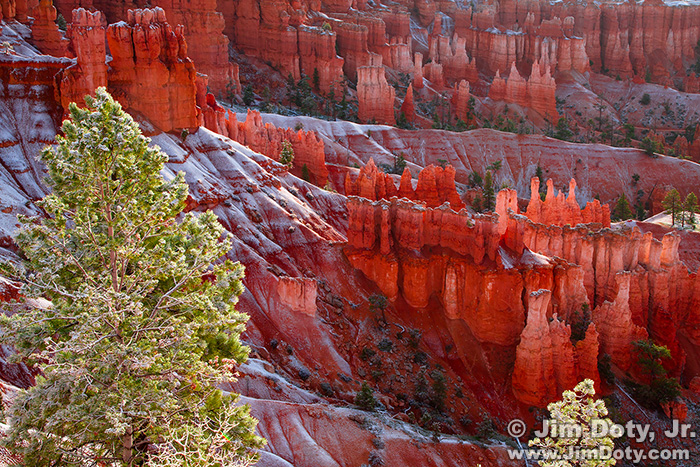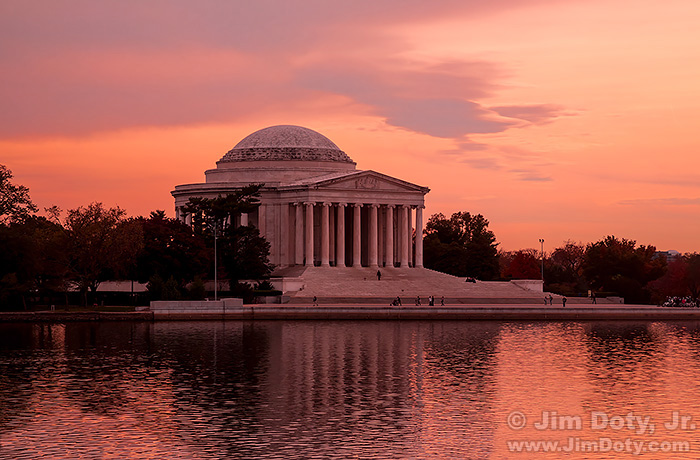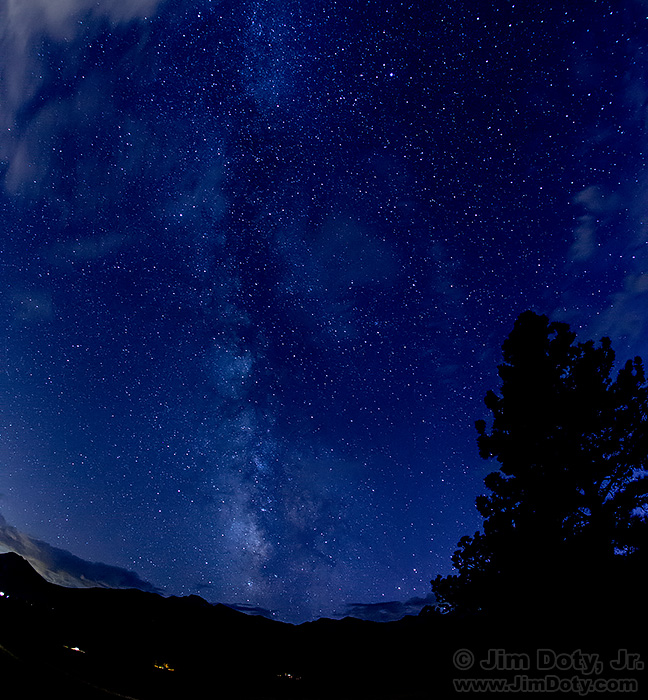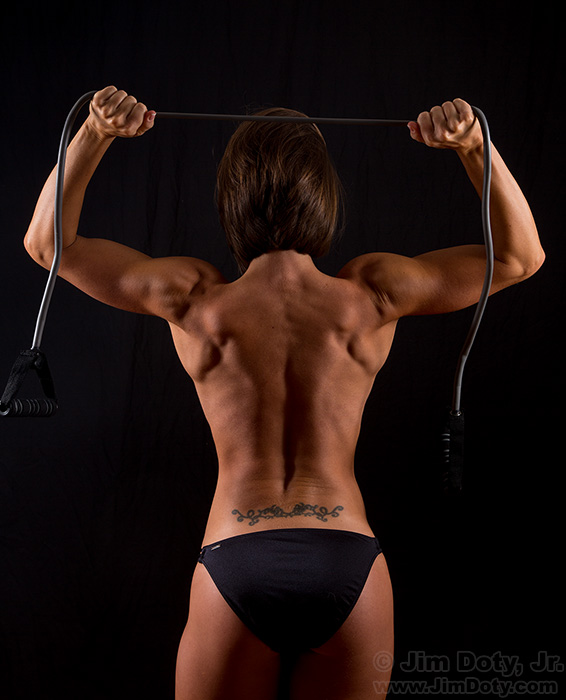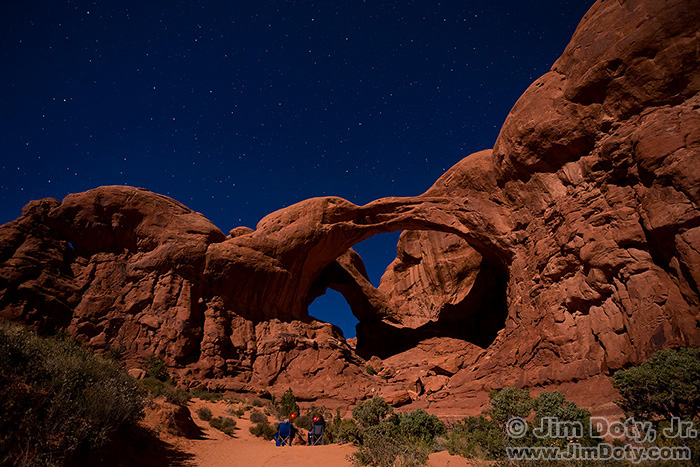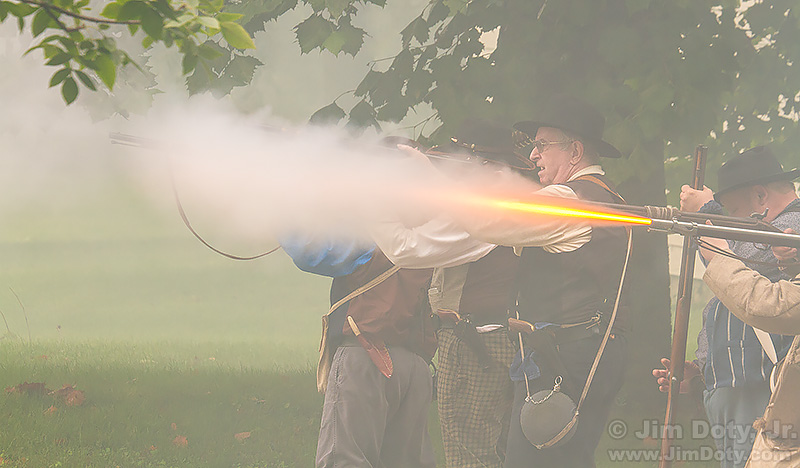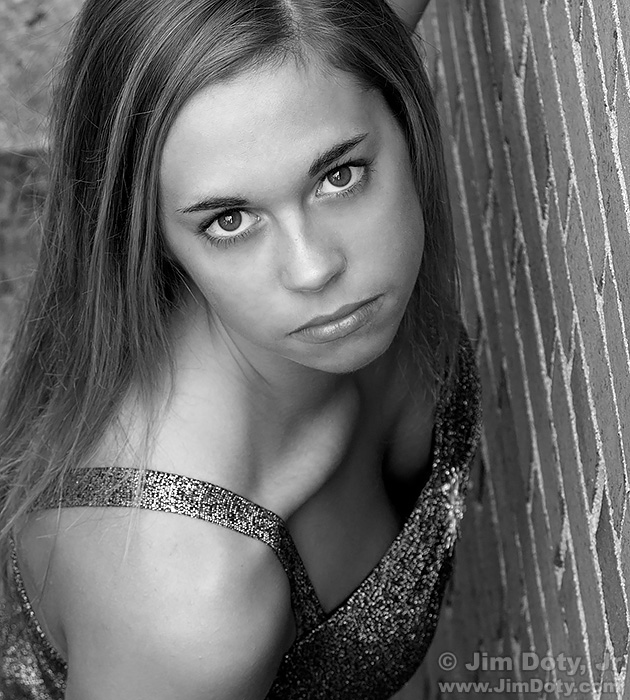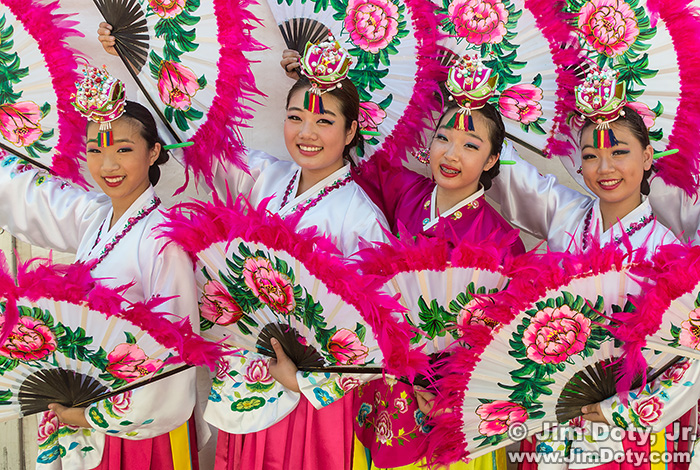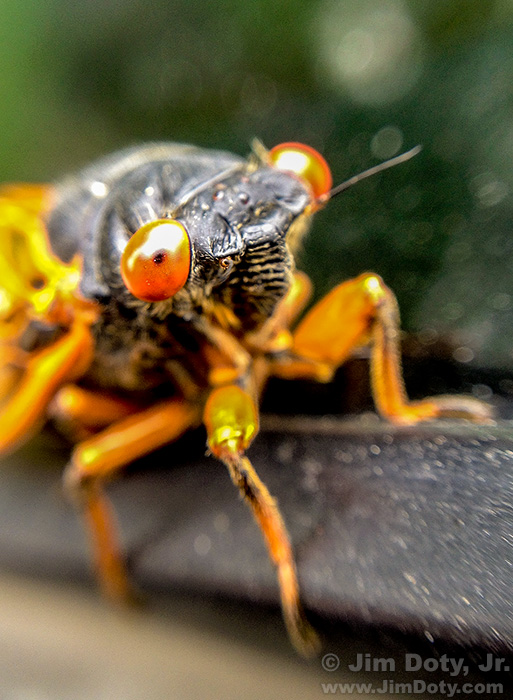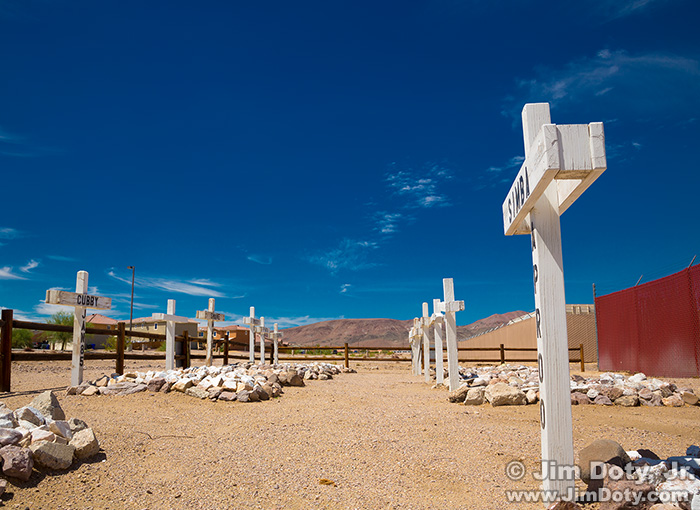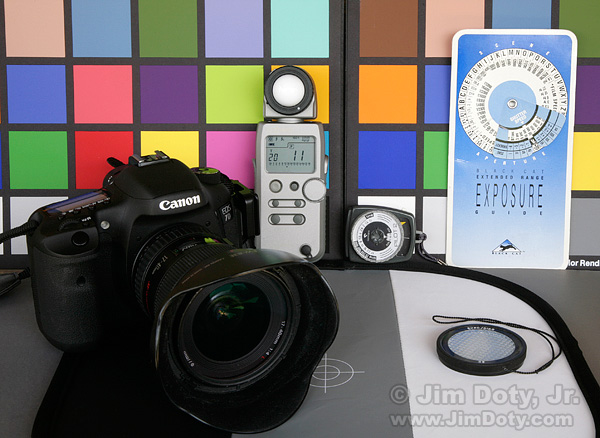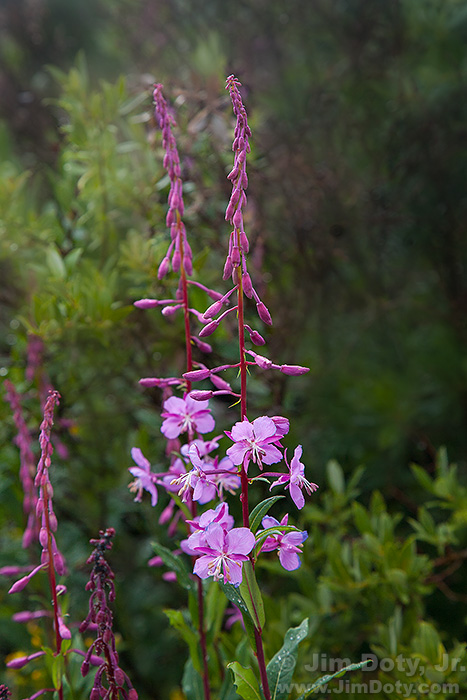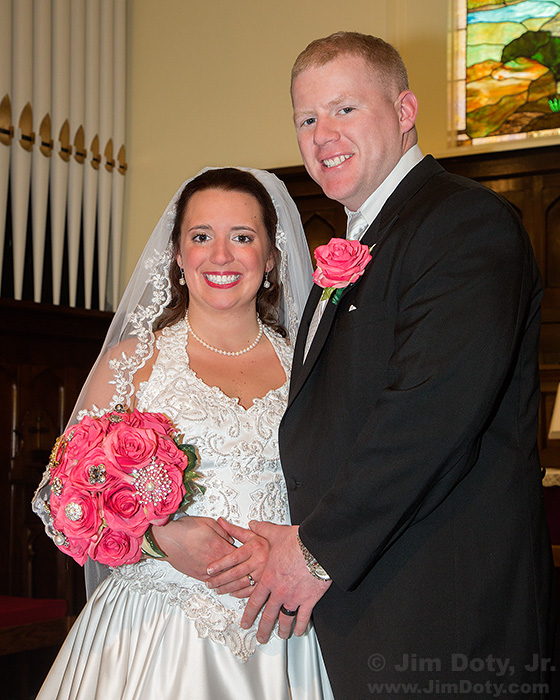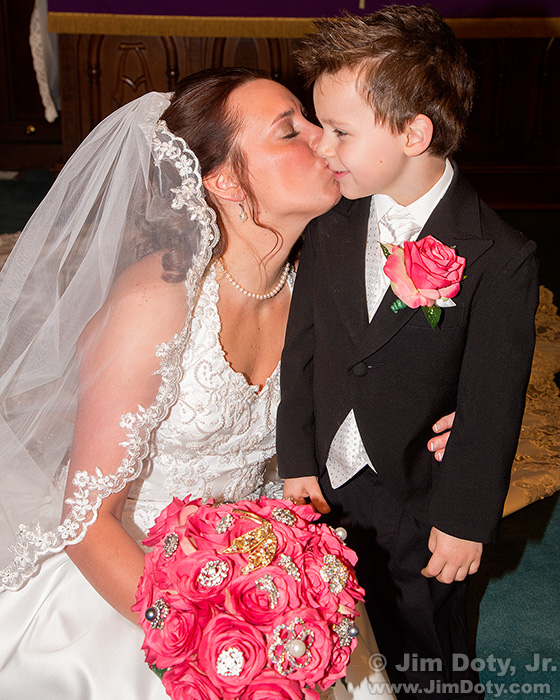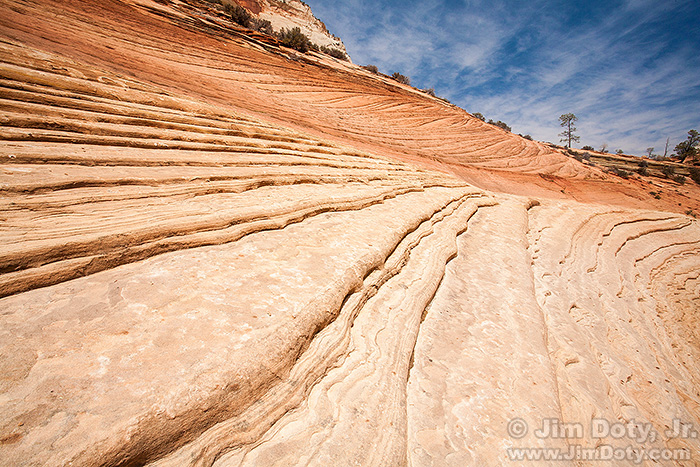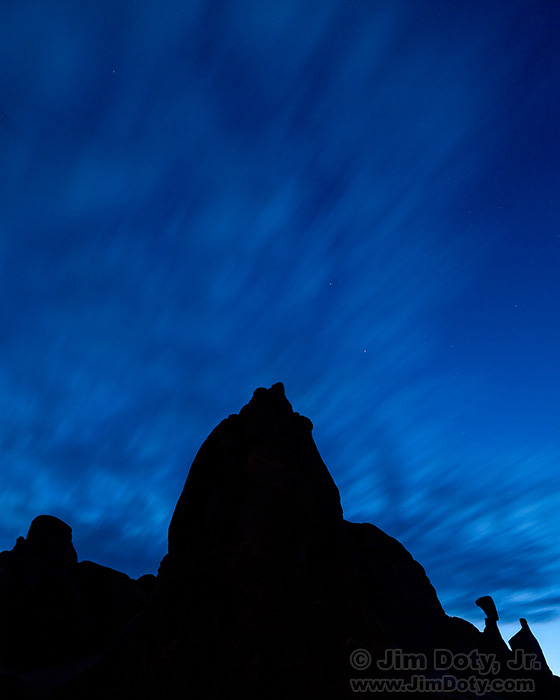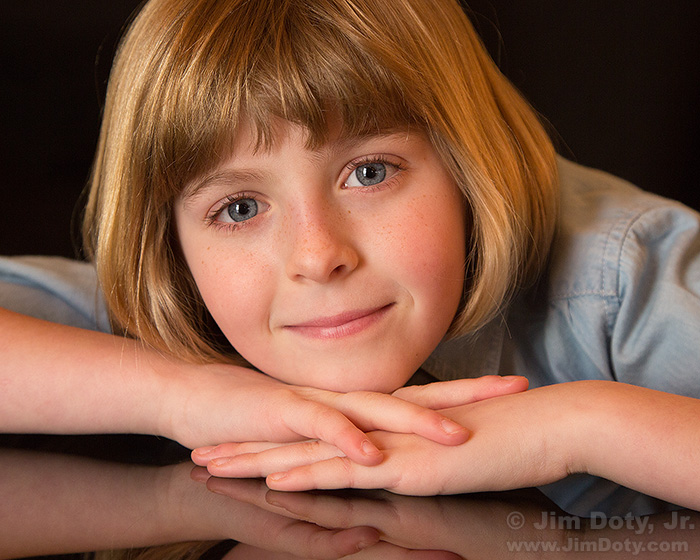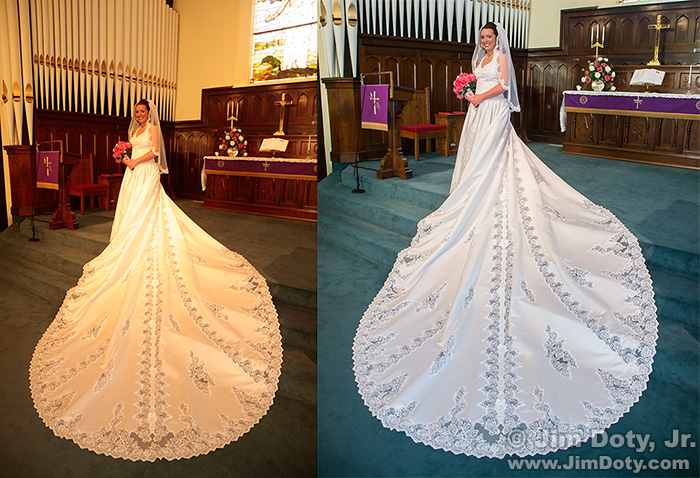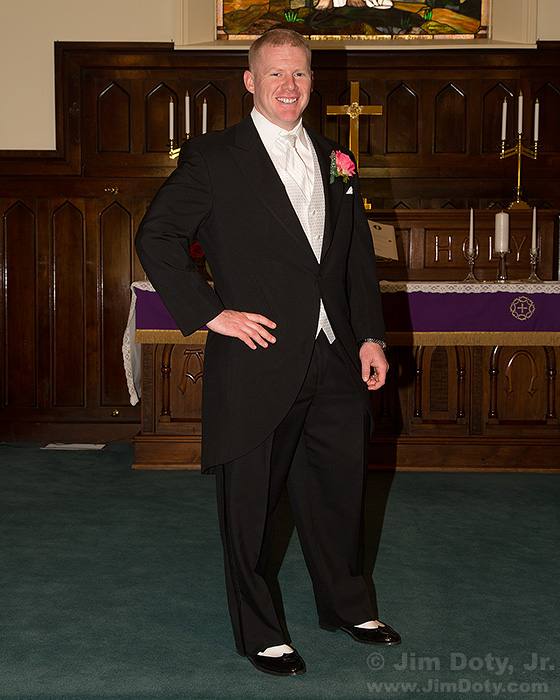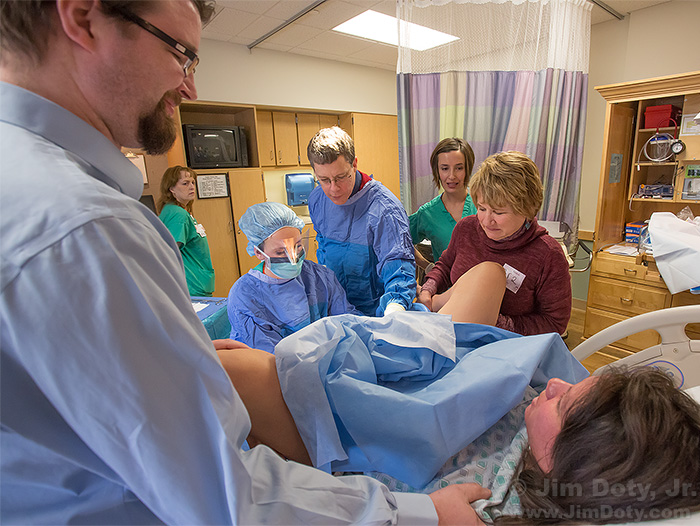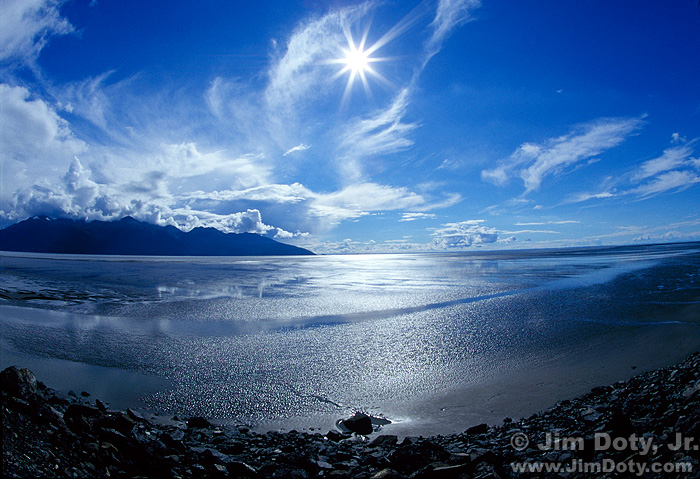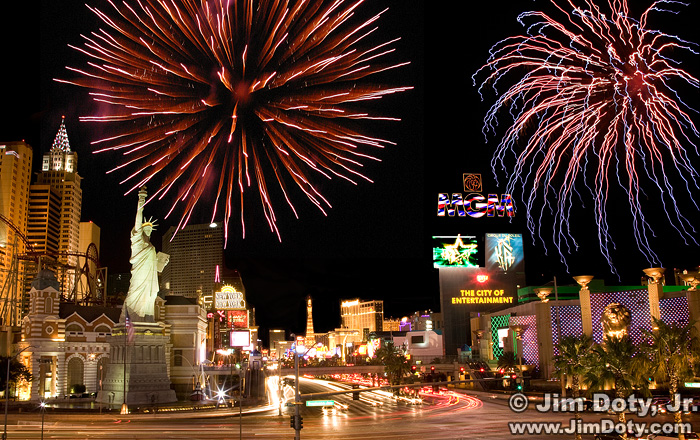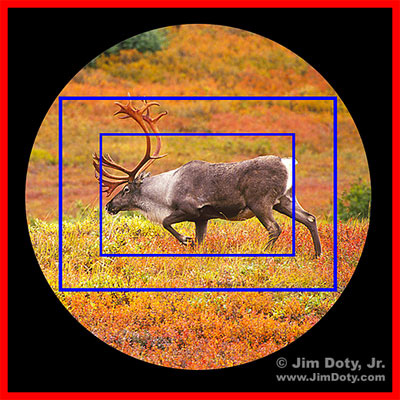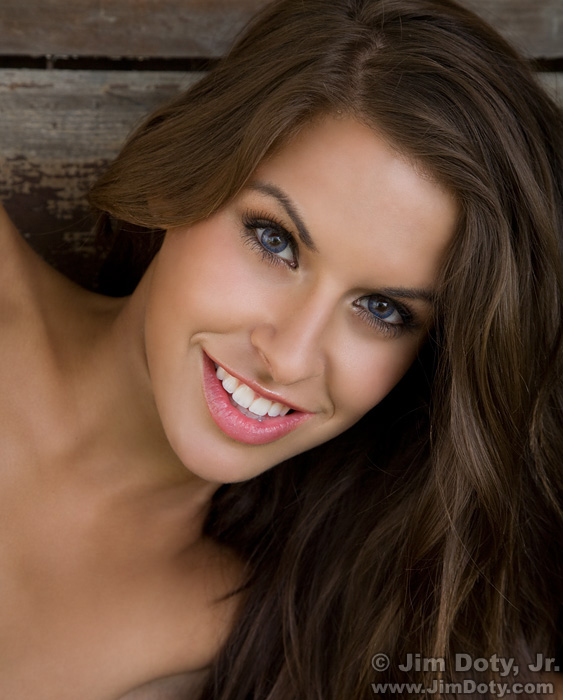Cold and snow can cause a lot of damage to your camera gear. A few simple steps could save you hundreds of dollars in repair bills.
Category Archives: Using Equipment
Thomas Jefferson Memorial: Taking Pictures From A Moving Car
I don’t usually recommend taking pictures from a moving car, but we were coming up to the Jefferson Memorial and I liked the light and the rippled reflection in the water. In the busy DC traffic, asking the driver to stop the car in the street was a recipe for disaster (and there was no place to pull over). I had to grab this shot on the fly which, from a fast moving car, is harder than you might think.
POTD: The Milky Way, Rocky Mountain National Park
Although there is some sky glow from the cities along Colorado’s front range, you can still get some nice photos of the Milky Way from Rocky Mountain National Park.
POTD: “The Back”
This photo is all about the back muscles. This is another photo from my shoot with Sarah who is a professional fitness trainer.
POTD: Sarah (How To Do A Fitness Portrait)
Sarah is a professional fitness trainer and we have worked together before. We had another photo shoot Saturday morning and this is the first photo I optimized from the shoot.
POTD: Double Arch at Night
Bob, my brother-in-law, and I were in the Double Arch/”Windows” area at Arches National Park. As we made our way down the trail we saw two red lights in the distance. It was our guess it was the red lights on the back of two cameras, glowing in the darkness during long time exposures.
POTD: Metaphid Jumping Spider
When a rare photo opportunity comes your way, jump on it (pun intended). You have no idea if or when it will happen again.
Civil War Days: How to Capture a Muzzle Flash
A Civil War reenactment means catching some of the action. Catching a muzzle flash is ideal. How do you do this? You need the right kind of event, a good shooting location, and the proper technique.
POTD: Kristin in a Stairwell
Kristin wanted to do some photos that didn’t look “senior picturey”.
Photographing Festivals
If you are looking for bright, colorful subjects to photograph, head for the nearest festival. If you live in one of the nation’s big cities, there are probably several major festivals to choose from. If you don’t, do a little research. Google is your friend.
Vegetarian Spider?
I found this common house spider in our kitchen sink, hanging on to this pea which was suspended from an overnight web. The spider wasn’t moving at all so I touched it gently with the tip of a pen to see if it was alive. It quickly ran up a strand of its web. I left it alone and it eventually came back to the object of it’s interest, the pea. It was time to take some pictures.
POTD: Cicada Closeup with an iPhone
It was my good fortune to be in Iowa for the peak of the 17 Year Cicada “emergence”. It was amazing. It was also unbelievably noisy. If you stood under a cicada filled tree (they prefer some trees to others), you could barely hear well enough to have a conversation with a friend standing two feet away.
The Nine Minute Photo Shoot
You can do a lot in just a few minutes, especially if you and your subject have worked together before.
POTD: Cemetery for Military Working Dogs
This cemetery for military working dogs is at the National Training Center, Fort Irwin California. Something about this place touched my heart. It was good to see the dogs that serve our country remembered in this way. The crosses indicate the dog’s name and the month and year the dog died.
Using Reflected Light Meters, Part One
In auto exposure modes, your camera meter is perfectly designed to give you “average” exposures in average situations, but it can’t give you the “ideal” exposure for subjects of all colors and tones in every situation. If you want to get the best possible exposure, you have to take the camera off “autopilot” and control the metering yourself.
“Shoot What God is Giving You”
Sometimes you head out with one photographic plan in mind and need to switch to another. As Dewitt Jones often puts it: Â “If you go out to shoot waterfalls and Nature (God) is giving you clouds that day, shoot clouds!”
The “One Sunrise Per Day” Limit
For landscape photographers, the “one sunrise per day” limit can be a real challenge, especially when you have several excellent locations to choose from. The same goes for the “one sunset per day” limit. Sunrise and sunset usually have the best light of the day. Photography would be so much easier if we had a couple of sunrises and sunsets per day.
Wedding Photography Advice For the Non-Professional
Q&A: Wedding Photography
I recently had the following online conversation with a friend who is an experienced photographer (which explains why I didn’t answer some of these questions in more detail).
POTD: Petrified Dunes, Zion National Park
Zion National Park is well know for its towering sandstone cliffs, but it has other treasures for the photographer willing to look, like these petrified dunes.
Make Big Prints!
I admit it, I am hooked on big prints. You are looking at a 20×30 inch print (or technically, you are looking at a digital photograph of a 20×30 print). Big prints look great hanging on a wall (or held by one of your favorite models).
POTD: Park Avenue at Twilight, Arches National Park
Don’t put your camera away after sunset. There are lots of photographic possibilities as the sky deepens into evening twilight.
POTD: Piano Reflection Portrait
This portrait is from a spontaneous photo shoot. I had three great subjects (sisters), perfect light, and a baby grand piano to work with, and I almost always have a camera and one or more lenses with me.
Bride’s Portrait: Solving Mixed Lighting Challenges with ACR
Mixed lighting (lighting with different color temperatures) can be a real color nightmare, especially if you are shooting JPEG files. Shooting RAW files and processing them with Adobe Camera Raw (ACR) is one of the best solutions to the problem. ACR comes with recent versions of Photoshop Elements and Photoshop.
Groom’s Portrait: Great Color Balance Right Out of the Camera
Sometimes getting the right color balance is easy with the right camera settings. When I opened this image in Adobe Camera Raw (ACR) I didn’t need to change a thing. After the bride’s portrait, this was a relief.
POTD: The Baby is On the Way!
National Geographic Would Disqualify This Photo
If I had submitted this photo to the 2012 National Geographic photo contest it would have been disqualified. Why? It hasn’t been digitally altered in any way. And the “sunstar” isn’t the problem.
How to Photograph Fireworks
You can point your camera at the sky in auto exposure and autofocus modes and fire away whenever you see a burst of fireworks, but for the best quality photos, it helps to know a few tricks of the trade. It’s easy when you know what to do.
Digital Cameras and the “Field of View” Crop
What is a “field of view” crop on a digital camera? What difference does it make if your camera is full frame, or has a field of view crop? It makes a BIG difference, so I just updated my illustrated article on the digital field of view crop. It will help you understand how to work with your lenses and how to chose lenses that will work best with your camera (and a warning about lenses that won’t work with, or could even damage some cameras).
Portraits on a Covered Porch
On a sunny day, a covered porch can be ideal for portrait photography, especially if it is facing south. A covered porch gives you nice soft light which is ideal for portraits.

